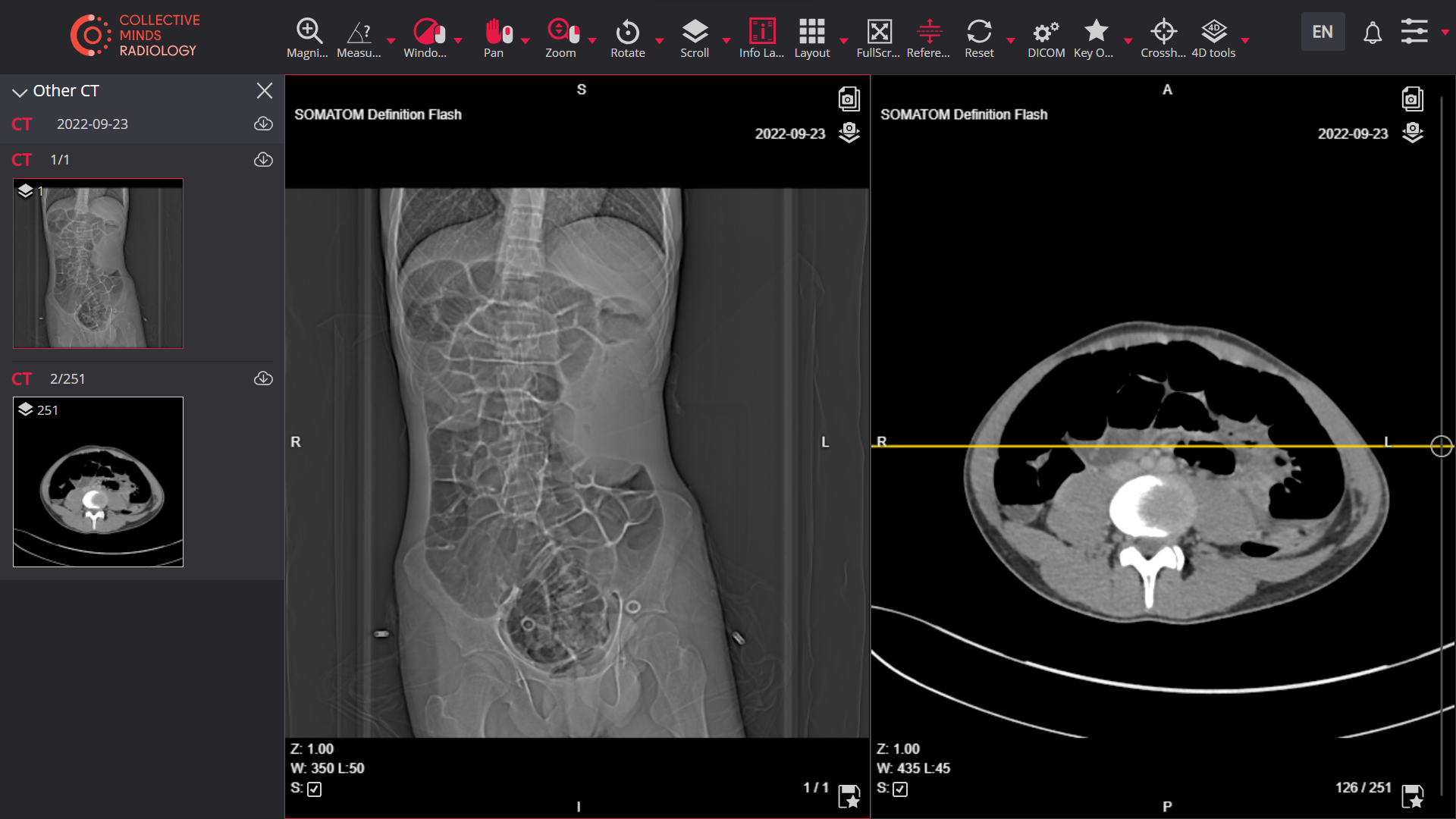Medical Image Management in Precision Medicine

In recent years, the healthcare landscape has been witnessing significant changes, particularly in the areas of medical image management and precision medicine. The integration of these two fields represents an important development that may lead to more accurate diagnoses, increasingly personalized treatments, and potentially improved patient outcomes. This article aims to explore how this integration is unfolding and what it could mean for the future of healthcare.
Understanding Precision Medicine and Medical Imaging
Precision medicine is an emerging approach to disease prevention and treatment that takes into account individual variability in genes, environment, and lifestyle. It seeks to tailor medical decisions, practices, and products to the individual patient. Medical imaging plays a significant role in this paradigm, serving as a vital tool in precision medicine by providing detailed insights into a patient's anatomy, physiology, and in some cases, even molecular processes.
The Important Role of Medical Imaging in Precision Medicine
Medical imaging goes beyond creating pictures of the body; it generates valuable data that can inform various stages of patient care. According to research by the European Society of Radiology, imaging contributes to several key areas:
- Diagnosis: Advanced imaging techniques can help detect diseases, sometimes at early stages.
- Treatment Selection: Imaging can assist clinicians in choosing treatments by providing detailed information about the disease's location, extent, and characteristics.
- Therapy Planning: Imaging guides the planning of surgeries and other interventions, potentially improving outcomes.
- Treatment Monitoring: Regular imaging allows doctors to track treatment progress and make adjustments as needed.
Advanced Imaging Modalities in Precision Medicine
The field of medical imaging has seen remarkable advancements, with several modalities playing crucial roles in precision medicine:
- Positron Emission Tomography (PET): Provides molecular-level insights into metabolic processes.
- Magnetic Resonance Imaging (MRI): Offers detailed soft tissue imaging without radiation exposure.
- Computed Tomography (CT): Provides rapid, high-resolution 3D imaging of body structures.
- Single Photon Emission Computed Tomography (SPECT): Allows for functional imaging of organs and tissues.
- Ultrasound (US): Offers real-time, radiation-free imaging, particularly useful for guided interventions.
These modalities, often used in combination, provide a comprehensive view of a patient's condition, enabling truly personalized care.
Read Also: DICOM Modalities: A Comprehensive Guide to Medical Imaging Technologies
The Challenge of Medical Image Management
While these advanced imaging techniques offer unprecedented insights, they also generate vast amounts of data. Managing this data effectively is crucial for realizing the full potential of precision medicine. According to a study published in Frontiers in Oncology, effective medical image management is essential for:
- Integrating imaging data with other -omics data (genomics, proteomics, etc.)
- Ensuring quick and secure access to images for clinicians and researchers
- Facilitating AI and machine learning analysis of large imaging datasets
- Enabling multi-institutional collaborations and research
AI and Machine Learning: The Game Changers
Artificial Intelligence (AI) and Machine Learning (ML) are revolutionizing medical image management and analysis. These technologies can:
- Automatically detect and classify abnormalities in images
- Predict treatment outcomes based on imaging biomarkers
- Assist in treatment planning by precisely delineating tumors or other targets
- Enhance image quality, potentially reducing radiation exposure
Researchers at UCSF are applying deep learning models to dramatically improve the examination of each patient's unique medical images, paving the way for more accurate and efficient diagnoses.
Radiogenomics: Bridging Imaging and Genetics
One of the most exciting developments in precision medicine is radiogenomics, which links imaging features to genetic and molecular characteristics. This field allows clinicians to:
- Predict genetic mutations based on imaging features
- Tailor treatments based on both genetic and imaging data
- Monitor treatment response at a molecular level
Challenges and Future Directions
While the potential of integrated medical image management in precision medicine is immense, several challenges remain:
- Data Integration: Combining imaging data with other -omics data remains complex.
- Standardization: Ensuring consistency in image acquisition and analysis across institutions is crucial.
- Privacy and Security: Protecting patient data while enabling research and collaboration is an ongoing challenge.
- Training: Radiologists and other clinicians need ongoing education to keep up with rapidly advancing technologies.
The Economic Impact
Improved medical image management in precision medicine isn't just about better patient care; it also has significant economic implications. By enabling more accurate diagnoses and personalized treatments, it can:
- Reduce unnecessary procedures and treatments
- Shorten hospital stays
- Improve overall healthcare efficiency
While initial investments in advanced imaging and management systems can be substantial, the long-term benefits in terms of improved patient outcomes and healthcare cost savings are potentially enormous.
Conclusion
The integration of advanced medical image management with precision medicine represents a significant leap forward in healthcare. By providing detailed, personalized insights into each patient's condition, it enables truly tailored care. As technologies continue to advance and challenges are addressed, we can expect even greater integration of imaging into all aspects of precision medicine, from early detection to treatment monitoring and beyond.
The future of healthcare is personalized, precise, and powered by advanced imaging. As we continue to unlock the potential of medical imaging in precision medicine, we move closer to a world where every patient receives truly individualized care, optimized for their unique characteristics and needs.
FAQs
-
Q: What is precision medicine? A: Precision medicine is an approach to disease prevention and treatment that takes into account individual variability in genes, environment, and lifestyle for each person.
-
Q: How does medical imaging contribute to precision medicine? A: Medical imaging provides detailed insights into a patient's anatomy, physiology, and molecular processes, aiding in diagnosis, treatment selection, therapy planning, and monitoring.
-
Q: What are some advanced imaging modalities used in precision medicine? A: Advanced modalities include PET, MRI, CT, SPECT, and ultrasound, often used in combination for comprehensive patient assessment.
-
Q: How is AI changing medical image management? A: AI can automatically detect abnormalities
Pär Kragsterman, CTO and Co-Founder of Collective Minds Radiology

Reviewed by: Mathias Engström on October 31, 2024




